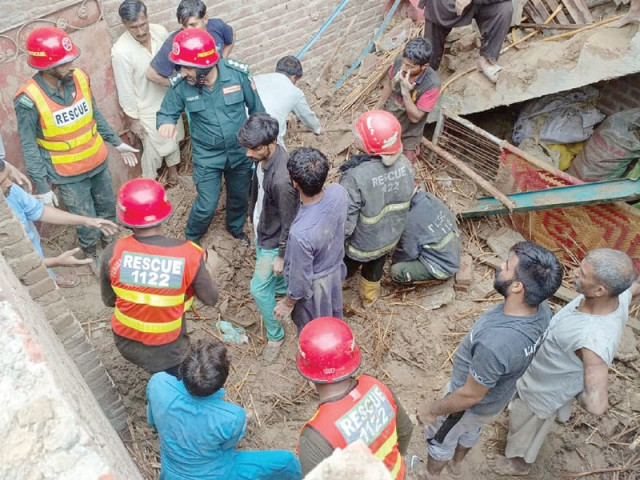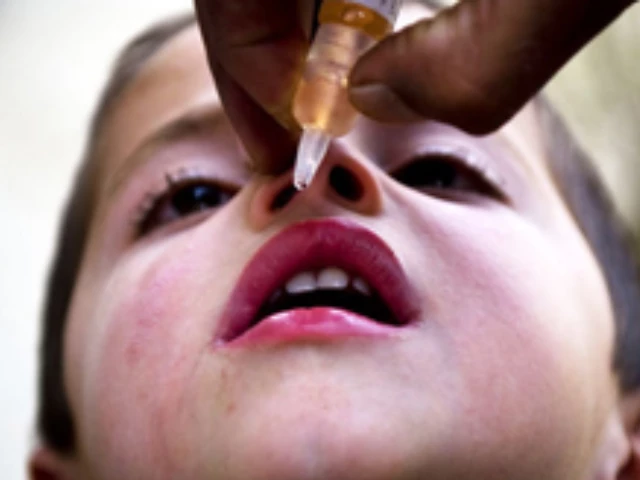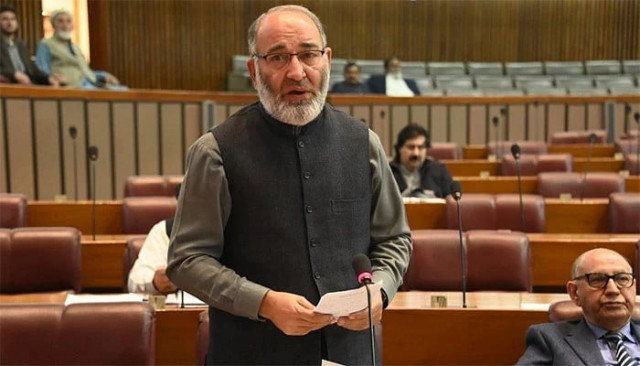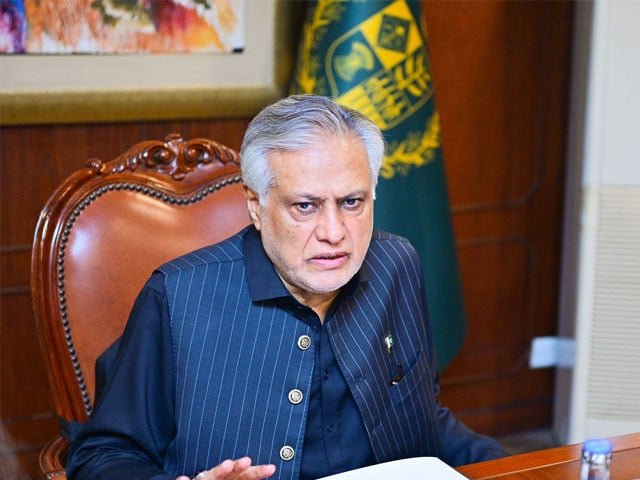Tragic Roof Collapse in Sukheke Mandi: Community in Mourning
A heartbreaking incident occurred in the Farooq-e-Azam area of Sukheke Mandi, Punjab, where a roof collapse claimed the lives of seven individuals, including five innocent children. This tragedy unfolded on Saturday when a house, used as a tuition center, succumbed to its structural weaknesses during a lesson.
The tutors, a woman and her son, were teaching a group of young learners when the unthinkable happened. In a sudden, jarring moment, the roof caved in, burying all seven beneath the rubble. The devastating aftermath left the community shook, as families grappled with the shock of such a profound loss.
District Police Officer (DPO) Atif Nazir promptly arrived on the scene, initiating a rescue operation in hopes of finding survivors. Unfortunately, despite the swift response, all individuals were confirmed deceased. The tragic event not only highlights the dire need for building safety assessments but also brings to light the fragility of life, especially when it comes to our children.
Authorities have commenced an investigation to determine the structural failures that led to this collapse, aiming to prevent future tragedies of this nature. The local community has rallied together, offering support to the affected families, showcasing the resilience and compassion that often emerges in times of sorrow.
In moments like these, it’s essential to come together and reflect on our safety as a community. Each tragedy serves as a reminder of the importance of thorough inspections and adherence to safety regulations in our buildings, especially those that serve as educational hubs for our children.
If you are interested in learning more about community safety measures or engaging in discussions around building standards, consider connecting with Pro21st for resources and insights. It’s time to ensure our shared spaces are safe for everyone.
At Pro21st, we believe in sharing updates that matter.
Stay connected for more real conversations, fresh insights, and 21st-century perspectives.





